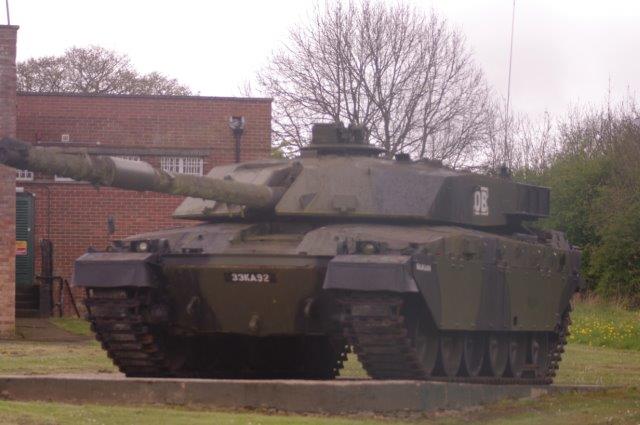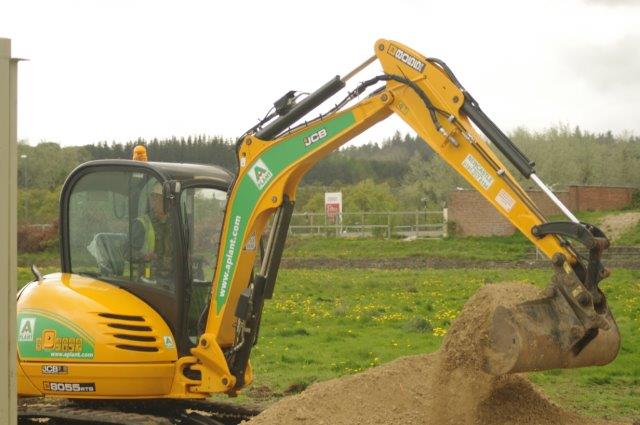This year marks the centenary of the founding of Catterick Garrison, today, the biggest military base in Western Europe.
Linda Turnbull, of North Yorkshire County Records Office, has been recording the memories of people whose lives have been touched by the Garrison. Their stories range from growing up on camp in the 1920s, to today’s children explaining what it’s like to have a parent away on active service.
The site for the camp was recommended by Robert Baden Powell, who later became famous for founding the Boy Scout movement. In 1908, he was housed in a cottage at Richmond Castle, while he sought out a site suitable for what they called an ‘Aldershot of the North’.
The decision was made for the camp before the outbreak of war. But then, the start of the Great War in 1914 made the need more urgent, and hastened construction. Labourers were drafted in from all over the country. These included, says Linda, fishermen from East Anglia, who were unable to work on account of the War.
Workers were initially housed in tents while they built concrete accommodation huts – which they then moved into while they built more. Linda comments, “The first huts were originally going to be in timber, but they were short of timber because of the war, so the huts were made of concrete instead. They put in a big dam to trap water to mix the cement. There are photos in the Henry Boot collection. (Henry Boot were construction contractors brought in to work on the job.)
One of Linda’s contacts recalls prisoners of war building the road leading from Richmond station to the Camp.
Another man recalled that his father, who owned a Steam Roller, was busy making roads at the Camp.

Barracks built in the 1930s
By the Second World War, Catterick had been extensively developed, with barracks, shops, houses, churches and libraries, all built in distinctive 1930s brick. Despite the addition of many more buildings since then, many of the 1930s stock remains in use – and much loved.
Linda particularly remembers the story of a woman posted to Catterick in the Second World War. Linda says, “She was in Ffrith Follies, a fun part-time entertainments group that was set up. There was a brigadier who took a keen interest and arranged for a gym to be converted into at theatre. Once, the Ffrith Follies were transferred to Scarborough to put on an entertainment.”
Linda carefully records such memories, archiving them for posterity. A selection has also been made into a book – and she’s now working on a new project to collect even more memories.
She says, “I was overwhelmed by the positive response, and could feel that Catterick had affected so many people. I’ve lived in the area for 30 years, and I thought I knew it well. But I look at it with new eyes, recalling what people had told me.”
Meanwhile, the garrison has outgrown its ‘parent’, Richmond, with around twice as many people living there as in the historic town. And it continues to grow: a new shopping and leisure centre is under construction, to provide for the many people who live there.
It looks likely that, as the 21st century progresses, the garrison will continue to touch many people’s lives.


